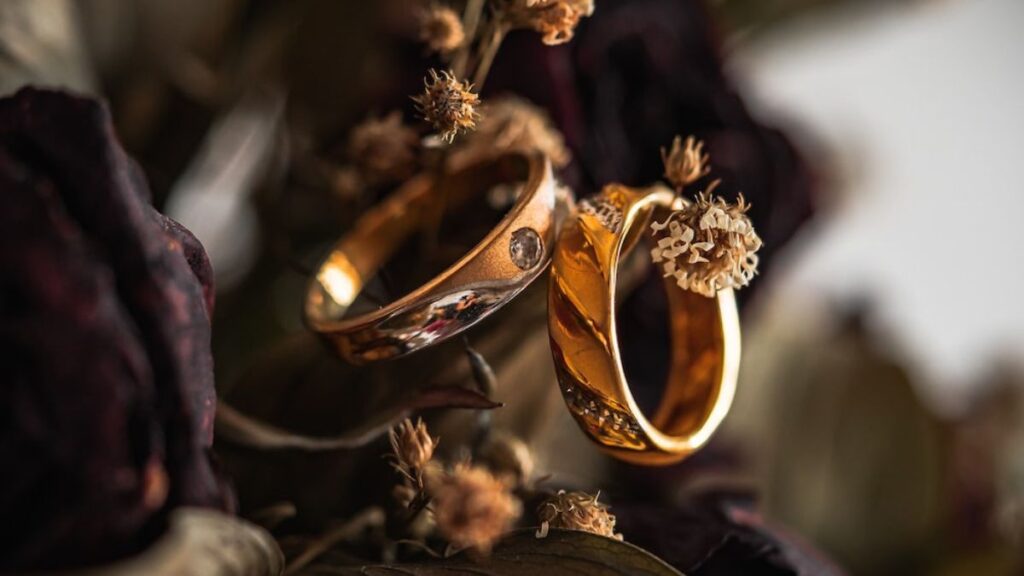Introduction
Adornment is an intrinsic part of human culture, serving as a means of self-expression, identity, and social communication. From ancient civilizations to modern fashion, the ways in which people decorate themselves and their surroundings reveal deep psychological, cultural, and aesthetic values. Adornment encompasses jewelry, clothing, body modifications, tattoos, makeup, and even home décor—each carrying symbolic meaning and purpose.
This article explores the history, cultural significance, psychological aspects, and modern interpretations of adornment, illustrating how this practice remains a fundamental aspect of human life.
The Historical Roots of Adornment
Adornment dates back to prehistoric times when early humans used natural materials like shells, bones, and feathers to decorate their bodies. Archaeological findings reveal that Neanderthals wore eagle talons as jewelry, while ancient Egyptians adorned themselves with gold, gemstones, and elaborate makeup.
1. Ancient Civilizations and Adornment
- Egyptians: Used adornment for both aesthetic and religious purposes. Kohl-lined eyes protected against the sun and evil spirits, while gold jewelry symbolized wealth and divine favor.
- Romans and Greeks: Wore intricate jewelry, with rings indicating social status. Laurel wreaths crowned victors, blending adornment with honor.
- Indigenous Cultures: Native American tribes used beads, feathers, and face paint to signify tribal identity, achievements, and spiritual beliefs.
2. Adornment in the Middle Ages and Renaissance
During the Middle Ages, adornment became a marker of nobility. Sumptuary laws regulated clothing and jewelry to maintain class distinctions. The Renaissance saw an explosion of artistic adornment, with intricate embroidery, pearls, and gemstones symbolizing wealth and refinement.
Cultural Significance of Adornment
Different cultures attach unique meanings to adornment, reflecting their values, traditions, and beliefs.
1. Religious and Spiritual Adornment
- Hinduism: Bridal jewelry like mangalsutra and bangles symbolize marital status and divine blessings.
- Christianity: Cross necklaces and rosaries serve as expressions of faith.
- African Tribes: Beaded necklaces and scarification denote rites of passage and tribal identity.
2. Social Status and Power
Throughout history, adornment has been a tool for displaying power. Crowns, scepters, and royal robes distinguish rulers, while luxury brands today serve as modern status symbols.
3. Gender and Adornment
Adornment often plays a role in gender expression:
- Women’s Adornment: Historically linked to beauty standards (e.g., corsets, high heels).
- Men’s Adornment: Ties, cufflinks, and watches signify professionalism and authority.
- Non-Binary and Queer Adornment: Challenges traditional norms through bold makeup, piercings, and androgynous fashion.
The Psychology of Adornment
Why do humans feel compelled to adorn themselves? Psychology offers several explanations:
1. Self-Expression and Identity
Adornment allows individuals to showcase their personality, beliefs, and affiliations. A punk rocker’s spiked collar and a corporate executive’s tailored suit both communicate identity.
2. Confidence and Empowerment
Studies show that wearing certain adornments (e.g., a favorite necklace or a power suit) can boost self-esteem and alter behavior—a phenomenon known as “enclothed cognition.”
3. Attraction and Mating Signals
Adornment plays a role in attraction. Bright colors, symmetrical designs, and expensive jewelry signal health, wealth, and genetic fitness in evolutionary terms.
Modern Forms of Adornment
Today, adornment evolves with technology, sustainability, and cultural shifts.
1. Fashion and Accessories
- Luxury Brands: Gucci, Chanel, and Tiffany & Co. dominate modern adornment.
- Minimalist Trends: Delicate jewelry and neutral tones reflect contemporary simplicity.
2. Body Modifications
- Tattoos: Once taboo, now mainstream art forms.
- Piercings and Implants: From earlobes to dermal anchors, body modifications push boundaries.
3. Digital Adornment
With the rise of social media and virtual worlds, digital adornment (e.g., NFTs, avatar customization) is becoming significant.
Ethical and Sustainable Adornment
As awareness of ethical consumption grows, sustainable adornment gains traction:
- Eco-Friendly Jewelry: Brands use recycled metals and lab-grown gems.
- Fair Trade Fashion: Ensures artisans receive fair wages.
- Vintage and Upcycled Adornment: Reduces waste while maintaining style.
Conclusion
Adornment is far more than superficial decoration—it is a profound form of human expression, deeply rooted in history, culture, and psychology. Whether through ancient talismans, royal crowns, or modern tattoos, people continue to use adornment to communicate identity, status, and beliefs. As society evolves, so too will the ways we adorn ourselves, blending tradition with innovation in an ever-changing world.
From tribal markings to digital avatars, adornment remains a timeless testament to human creativity and the desire to be seen, understood, and remembered.






